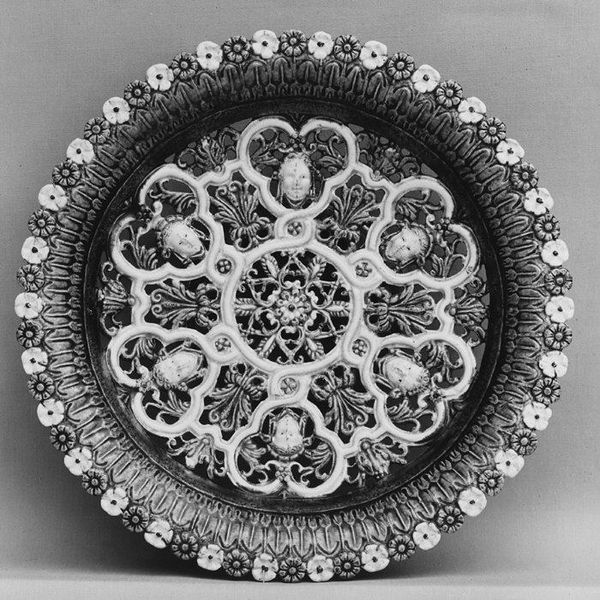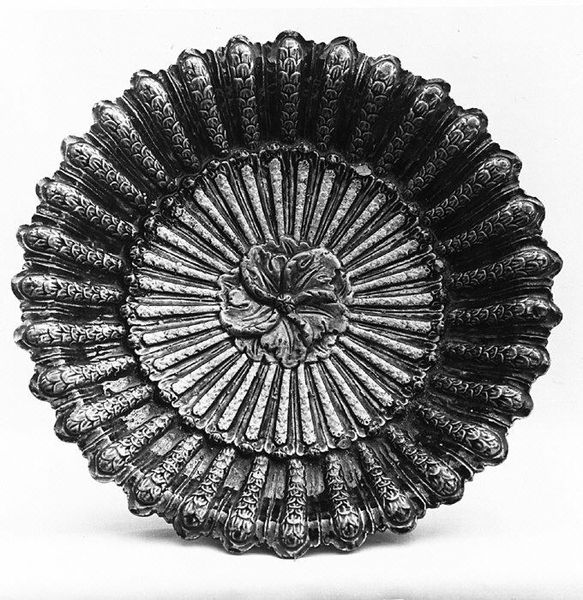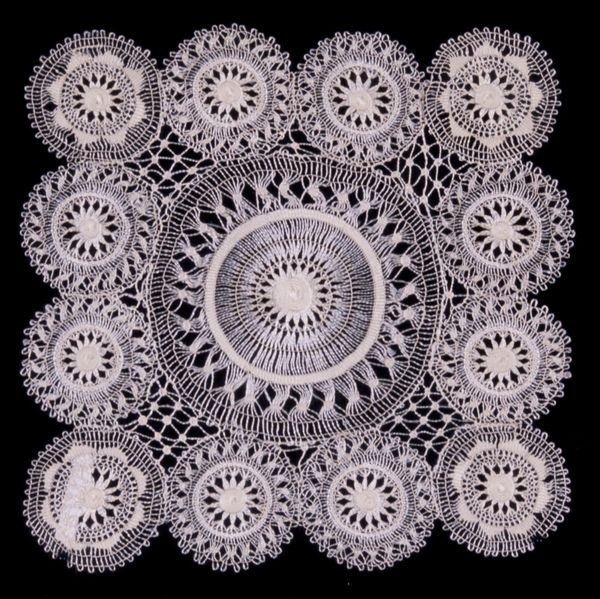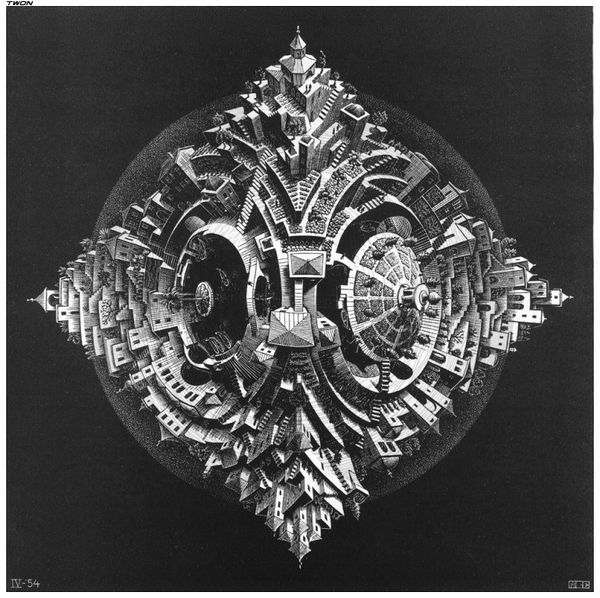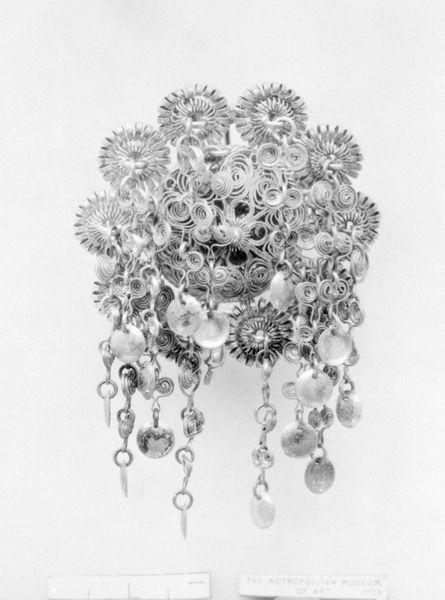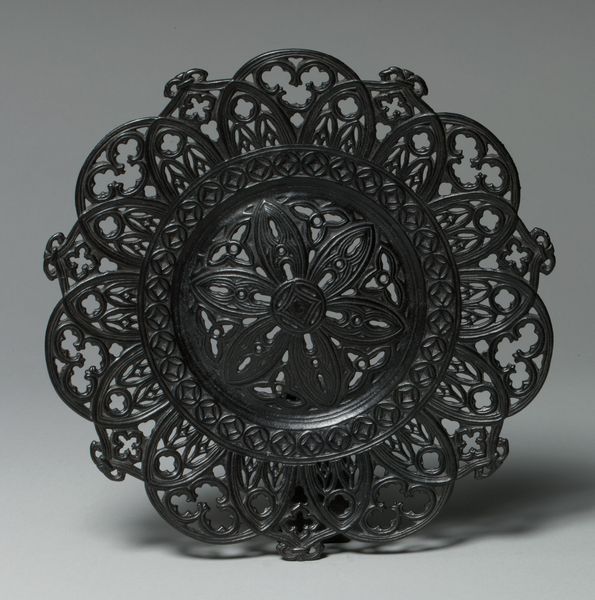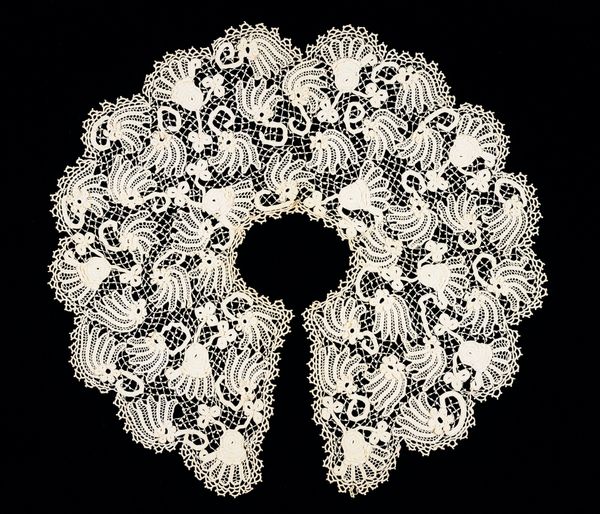
ceramic, sculpture, terracotta
#
portrait
#
baroque
#
ceramic
#
sculpture
#
terracotta
#
decorative-art
Dimensions: Diameter: 10 in. (25.4 cm)
Copyright: Public Domain
This enameled earthenware dish was created by Bernard Palissy in 16th-century France. Palissy was a self-taught artist who became famous for his rustic style pottery. The dish is decorated with lifelike plants, animals, and human masks. It reflects the Renaissance interest in naturalism and the classical world, where grotesque masks were commonly used as decoration. Palissy was a Huguenot, a French Protestant, and his religious beliefs influenced his art. At that time, Huguenots were persecuted by the Catholic majority, and Palissy was imprisoned for his faith. Some scholars believe that the masks on his dishes may be a subtle form of protest against religious intolerance, and that the lifelike plants and animals may represent God's creation and the beauty of the natural world, offering a subtle commentary on the social structures of his time. To understand the social context, one could turn to historical documents, religious treatises, and art criticism from the period, as well as Palissy's own writings. Understanding art requires a deep understanding of social and institutional contexts.
Comments
No comments
Be the first to comment and join the conversation on the ultimate creative platform.
